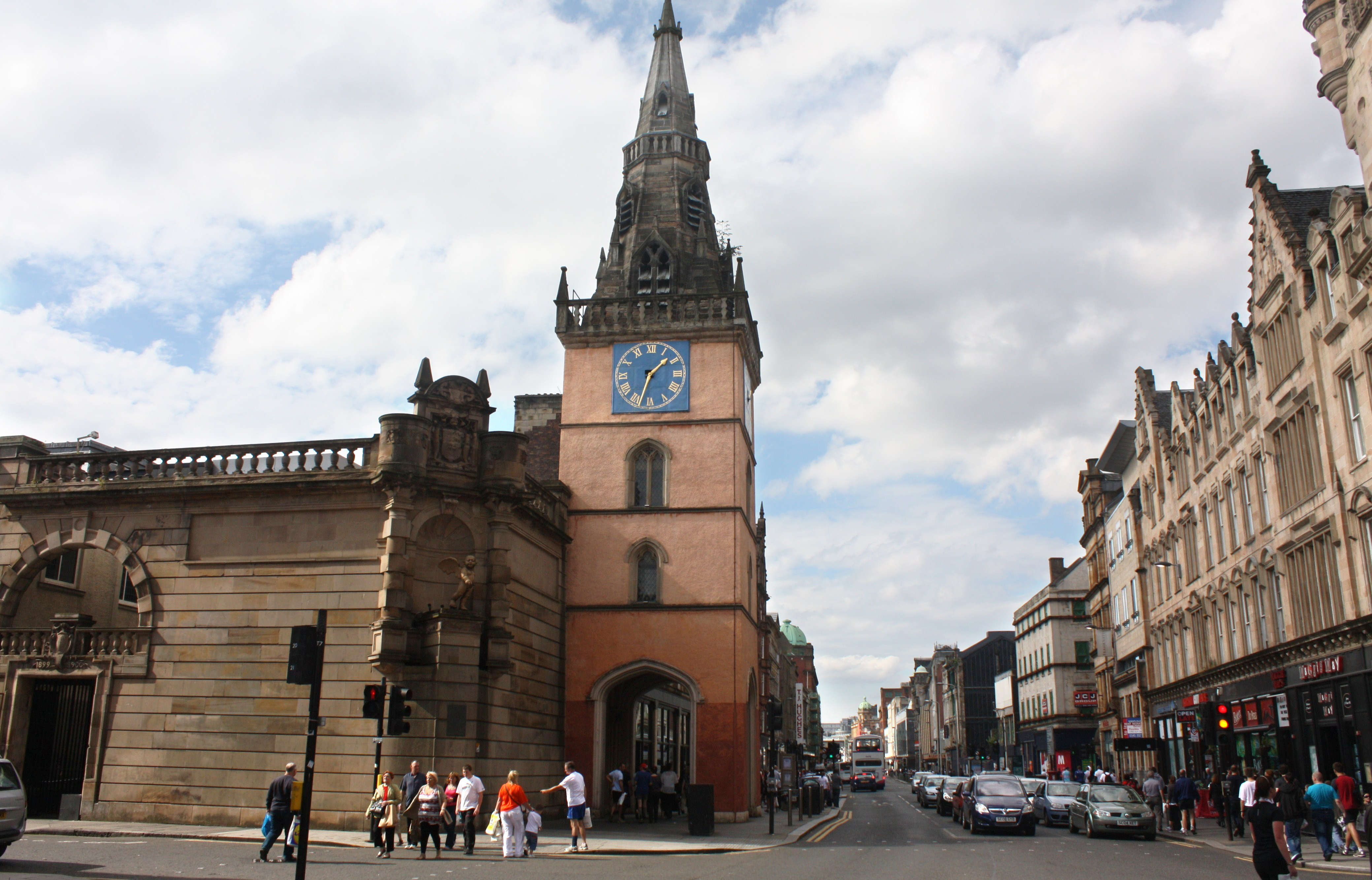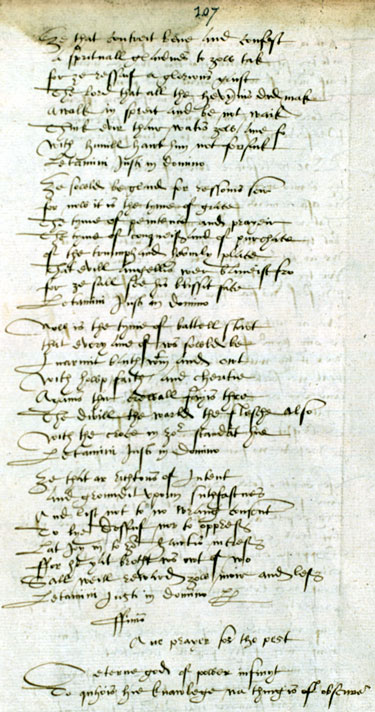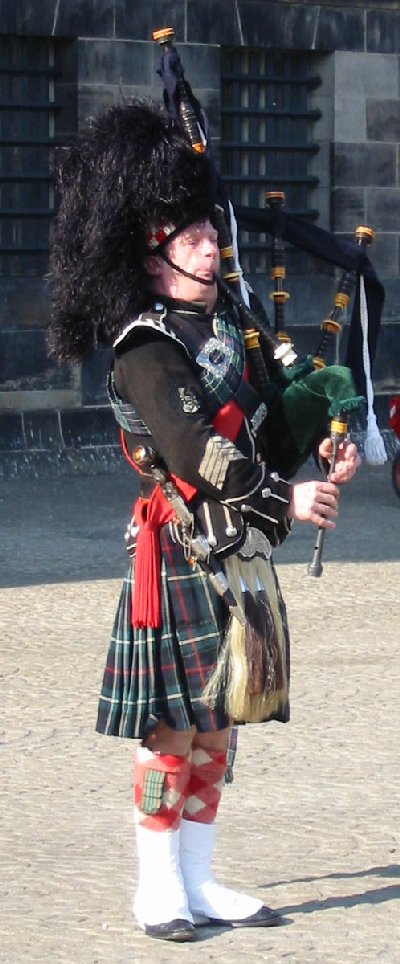|
Whistle-binkie
''Whistle-Binkie, or, The piper of the party: Being a collection of songs for the social circle'' was a Scottish poetry and song anthology first appearing in 1832. There were later volumes under the same title, at least four more anthologies, and collected editions appearing from 1853. The style of verse typically was in imitation of Robert Burns. The series was enduringly popular, and the final ''Whistle Binkie'' anthology appeared in 1890. While the intention at the time was to publish Scottish writers, later critics such as Edwin Morgan (poet), Edwin Morgan have attacked the series on grounds of taste. Alexander Laing (Scottish poet), Alexander Laing saw in it "sentiment, mild pathos and sly humour" writing in 1857; by a century later Hugh MacDiarmid could regard it as opening the way for children to be given "sentimental trash". First edition ''Whistle Binkie'' was published in 1832 by David Robertson (bookseller), David Robertson, a bookseller in Trongate, Glasgow. The editor ... [...More Info...] [...Related Items...] OR: [Wikipedia] [Google] [Baidu] |
David Robertson (bookseller)
David Robertson (1795–1854) was a Scottish bookseller, now known for his publication of the early ''Whistle Binkie'' anthologies. Life The son of a farmer, Robertson was born in the parish of Kippen, Perthshire. He received an education in his native district, and in 1810 was apprenticed to William Turnbull, bookseller in Trongate, Glasgow. In 1821 appeared a pseudonymous work ''Three Nights in Perthshire'' by Percy Yorke Jr., written by Robertson's friend Thomas Atkinson. The pair had made a visit to Perthshire, the historical county: they went to the Trossachs, now in the Stirling council area, as is Kippen. The younger Atkinson, a Glaswegian, at this point was working for Brash & Reid, booksellers, where he had been an apprentice. The book is a fictionalised account of their visit to Loch Ard and the farm Ledard there, run by the Macfarlane family, who included Donald Macfarlan(e) MD of Ledard (died 1857). On the death of Turnbull in 1823, Robertson carried on the business ... [...More Info...] [...Related Items...] OR: [Wikipedia] [Google] [Baidu] |
Robert Burns
Robert Burns (25 January 175921 July 1796), also known familiarly as Rabbie Burns, was a Scottish poet and lyricist. He is widely regarded as the national poet of Scotland and is celebrated worldwide. He is the best known of the poets who have written in the Scots language, although much of his writing is in a "light Scots dialect" of English, accessible to an audience beyond Scotland. He also wrote in standard English, and in these writings his political or civil commentary is often at its bluntest. He is regarded as a pioneer of the Romantic movement, and after his death he became a great source of inspiration to the founders of both liberalism and socialism, and a cultural icon in Scotland and among the Scottish diaspora around the world. Celebration of his life and work became almost a national charismatic cult during the 19th and 20th centuries, and his influence has long been strong on Scottish literature. In 2009 he was chosen as the greatest Scot by the Scottish pub ... [...More Info...] [...Related Items...] OR: [Wikipedia] [Google] [Baidu] |
Edwin Morgan (poet)
Edwin George Morgan (27 April 1920 – 17 August 2010) , ''''. was a Scottish poet and translator associated with the . He is widely recognised as one of the foremost Scottish poets of the 20th century. In 1999, Morgan was made the first Glasgow |
Alexander Laing (Scottish Poet)
Alexander Laing (1787–1857) was a Scottish verse writer, known as the Brechin poet. Life Laing was born at Brechin, Angus, 14 May 1787; his father was an agricultural labourer. Laing spent only two winters at school, and when eight years old became a herdsman. At the age 16 he was apprenticed to a flax-dresser, and followed this occupation for fourteen years, when an accident permanently disabled him. Laing afterwards earned a living as a pedlar, and died at Brechin, 14 October 1857. Works Laing wrote in Lallans, and contributed to local newspapers and to the following poetical miscellanies: *''The Harp of Renfrewshire'', 1819; * John Struthers's ''The Harp of Caledonia'', 1819; *Robert Archibald Smith's ''The Scotish '' 'sic.''' Minstrel'', 1820; *Alexander Whitelaw's ''Book of Scottish Song'', 1844; and *'' Whistle Binkie'', 1832–47. Laing also furnished anecdotes to the Scottish story-book ''The Laird of Logan'', 1835. In 1846 he published a collection of his poetry ... [...More Info...] [...Related Items...] OR: [Wikipedia] [Google] [Baidu] |
Hugh MacDiarmid
Christopher Murray Grieve (11 August 1892 – 9 September 1978), best known by his pen name Hugh MacDiarmid (), was a Scottish poet, journalist, essayist and political figure. He is considered one of the principal forces behind the Scottish Renaissance and has had a lasting impact on Scottish culture and politics. He was a founding member of the National Party of Scotland in 1928 but left in 1933 due to his Marxist–Leninist views. He joined the Communist Party the following year only to be expelled in 1938 for his nationalist sympathies. He would subsequently stand as a parliamentary candidate for both the Scottish National Party (1945) and British Communist Party (1964). Grieve's earliest work, including ''Annals of the Five Senses'', was written in English, but he is best known for his use of "synthetic Scots", a literary version of the Scots language that he himself developed. From the early 1930s onwards MacDiarmid made greater use of English, sometimes a "synthetic English ... [...More Info...] [...Related Items...] OR: [Wikipedia] [Google] [Baidu] |
Trongate
Trongate is one of the oldest streets in the city of Glasgow, Scotland. Trongate begins at Glasgow Cross, where the steeple of the old Glasgow Tolbooth is situated, being the original centre of medieval Glasgow, and goes westward changing its name to Argyle Street at Glassford Street. History Previously known as St Thenew's Gait (the way to the supposed site of St Thenew`s burial) it was around the start of the 1500s that the name Trongate first began to be used. The name comes by virtue of a weighbeam erected in the mid-16th century, used for all goods requiring to be weighed for duty reasons, including from early shipping on the Clyde. ''Tron'' is a Scots word of Norman origin for weighing scales. The Trongate was one of the areas which was affected by a large fire on 17 June 1652 which destroyed a third of the town and left around 1,000 families homeless. The fire also affected the areas of Saltmarket and Gallowgate. The Tron church was founded as the Collegiate Churc ... [...More Info...] [...Related Items...] OR: [Wikipedia] [Google] [Baidu] |
Glasgow
Glasgow ( ; sco, Glesca or ; gd, Glaschu ) is the most populous city in Scotland and the fourth-most populous city in the United Kingdom, as well as being the 27th largest city by population in Europe. In 2020, it had an estimated population of 635,640. Straddling the border between historic Lanarkshire and Renfrewshire, the city now forms the Glasgow City Council area, one of the 32 council areas of Scotland, and is governed by Glasgow City Council. It is situated on the River Clyde in the country's West Central Lowlands. Glasgow has the largest economy in Scotland and the third-highest GDP per capita of any city in the UK. Glasgow's major cultural institutions – the Burrell Collection, Kelvingrove Art Gallery and Museum, the Royal Conservatoire of Scotland, the Royal Scottish National Orchestra, Scottish Ballet and Scottish Opera – enjoy international reputations. The city was the European Capital of Culture in 1990 and is notable for its architecture, cult ... [...More Info...] [...Related Items...] OR: [Wikipedia] [Google] [Baidu] |
John Donald Carrick
John Donald Carrick (1787–1837) was a Scottish journalist and songwriter. Life Carrick was born in Glasgow in April 1787; his father was originally from Buchlyvie in Stirlingshire. He was placed in the office of Nicholson, a Glasgow architect, while still young, leaving about 1805 for a clerkship in a counting-house. In 1807 he ran away, and walked to London, where a Scottish tradesman gave him a trial as shopboy. In 1809 Carrick found work with Spode & Co., potters in Staffordshire, who had warehouses in London; and he acquired sufficient knowledge of the business to return to Glasgow, 1811, and set up shop in Hutcheson Street. In 1825 prolonged litigation led to his insolvency. As agent to manufacturers he visited the Highlands, and acquired the Gaelic language. On returning to Glasgow in 1828 Carrick was engaged as sub-editor of the ''Scots Times''. In 1833 he accepted the editorship of the ''Perth Advertiser'', but quarrelled with the managing committee in a year, and in F ... [...More Info...] [...Related Items...] OR: [Wikipedia] [Google] [Baidu] |
National Library Of Scotland
The National Library of Scotland (NLS) ( gd, Leabharlann Nàiseanta na h-Alba, sco, Naitional Leebrar o Scotland) is the legal deposit library of Scotland and is one of the country's National Collections. As one of the largest libraries in the United Kingdom, it is a member of Research Libraries UK (RLUK) and the Consortium of European Research Libraries (CERL). There are over 24 million items held at the Library in various formats including books, annotated manuscripts and first-drafts, postcards, photographs, and newspapers. The library is also home to Scotland's Moving Image Archive, a collection of over 46,000 videos and films. Notable items amongst the collection include copies of the Gutenberg Bible, Charles Darwin's letter with which he submitted the manuscript of ''On the Origin of Species,'' the First Folio of Shakespeare, the Glenriddell Manuscripts, and the last letter written by Mary Queen of Scots. It has the largest collection of Scottish Gaelic material of any ... [...More Info...] [...Related Items...] OR: [Wikipedia] [Google] [Baidu] |
1832 Books
Year 183 ( CLXXXIII) was a common year starting on Tuesday (link will display the full calendar) of the Julian calendar. At the time, it was known as the Year of the Consulship of Aurelius and Victorinus (or, less frequently, year 936 ''Ab urbe condita''). The denomination 183 for this year has been used since the early medieval period, when the Anno Domini calendar era became the prevalent method in Europe for naming years. Events By place Roman Empire * An assassination attempt on Emperor Commodus by members of the Senate fails. Births * January 26 – Lady Zhen, wife of the Cao Wei state Emperor Cao Pi (d. 221) * Hu Zong, Chinese general, official and poet of the Eastern Wu state (d. 242) * Liu Zan (Zhengming), Chinese general of the Eastern Wu state (d. 255) * Lu Xun Zhou Shuren (25 September 1881 – 19 October 1936), better known by his pen name Lu Xun (or Lu Sun; ; Wade–Giles: Lu Hsün), was a Chinese writer, essayist, poet, and literary critic. He ... [...More Info...] [...Related Items...] OR: [Wikipedia] [Google] [Baidu] |
Scottish Poetry
Poetry of Scotland includes all forms of verse written in Brythonic, Latin, Scottish Gaelic, Scots, French, English and Esperanto and any language in which poetry has been written within the boundaries of modern Scotland, or by Scottish people. Much of the earliest Welsh literature was composed in or near Scotland, but only written down in Wales much later. These include ''The Gododdin'', considered the earliest surviving verse from Scotland. Very few works of Gaelic poetry survive from this period and most of these in Irish manuscripts. ''The Dream of the Rood'', from which lines are found on the Ruthwell Cross, is the only surviving fragment of Northumbrian Old English from early Medieval Scotland. In Latin early works include a "Prayer for Protection" attributed to St Mugint, and ''Hiberno-Latin#Altus Prosator, Altus Prosator'' ("The High Creator") attributed to St Columba. There were probably filidh who acted as poets, musicians and historians. After the "de-gallicisation" ... [...More Info...] [...Related Items...] OR: [Wikipedia] [Google] [Baidu] |
Scottish Songs
Scotland is internationally known for its traditional music, which remained vibrant throughout the 20th century and into the 21st, when many traditional forms worldwide lost popularity to pop music. In spite of emigration and a well-developed connection to music imported from the rest of Europe and the United States, the music of Scotland has kept many of its traditional aspects; indeed, it has itself influenced many forms of music. Many outsiders associate Scottish folk music almost entirely with the Great Highland Bagpipe, which has long played an important part in Scottish music. Although this particular form of bagpipe developed exclusively in Scotland, it is not the only Scottish bagpipe. The earliest mention of bagpipes in Scotland dates to the 15th century although they are believed to have been introduced to Britain by the Roman armies. The ''pìob mhór'', or Great Highland Bagpipe, was originally associated with both hereditary piping families and professional pipers t ... [...More Info...] [...Related Items...] OR: [Wikipedia] [Google] [Baidu] |






